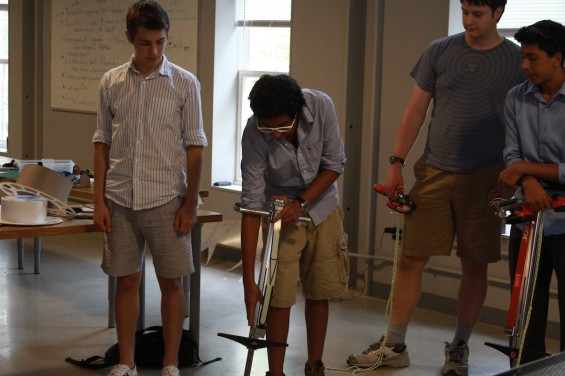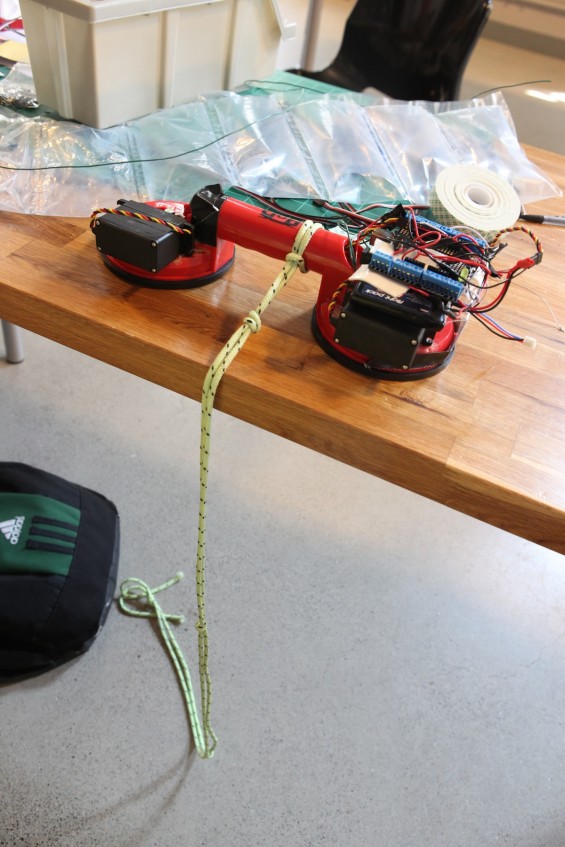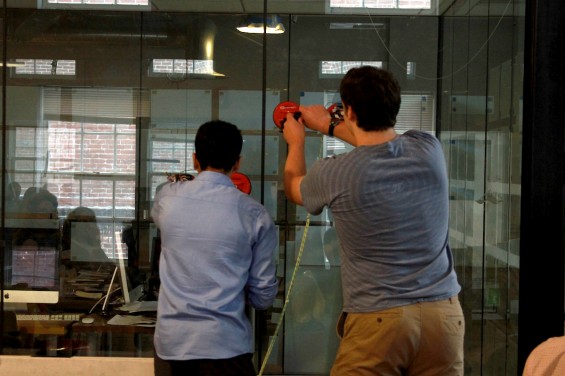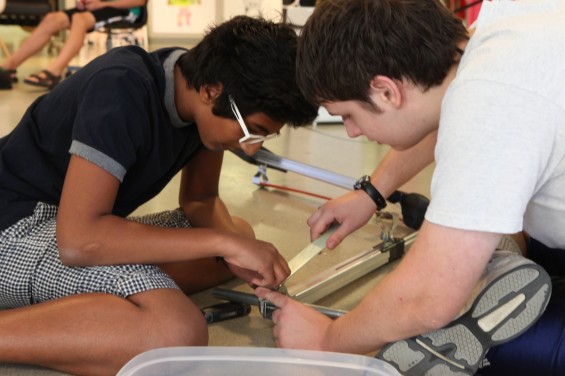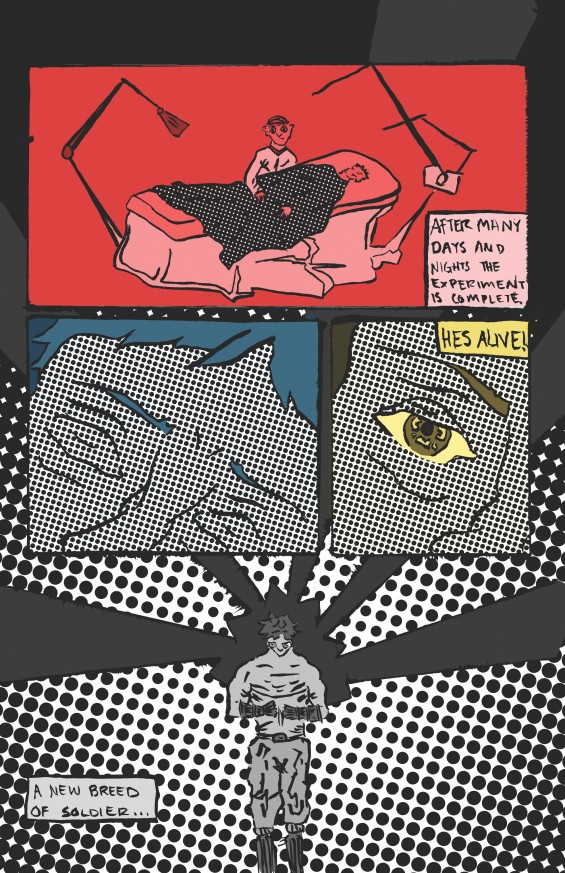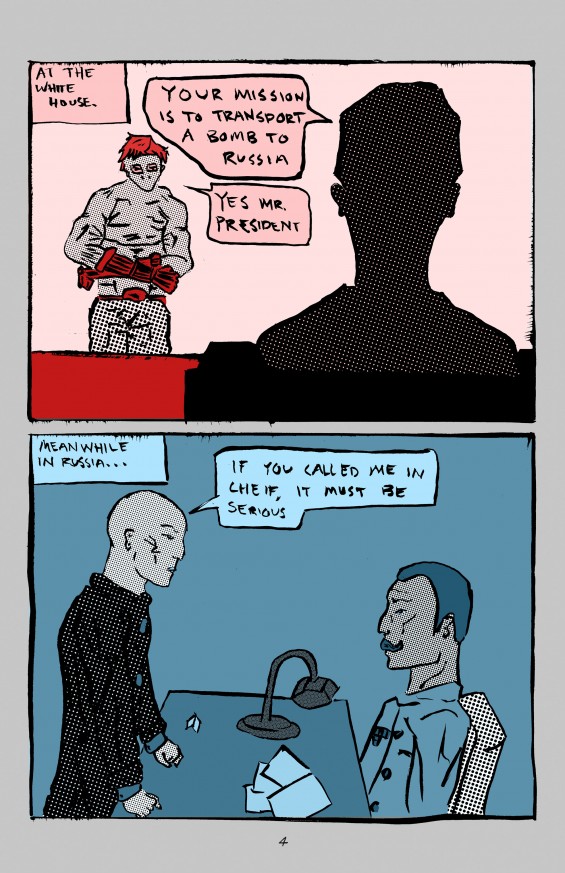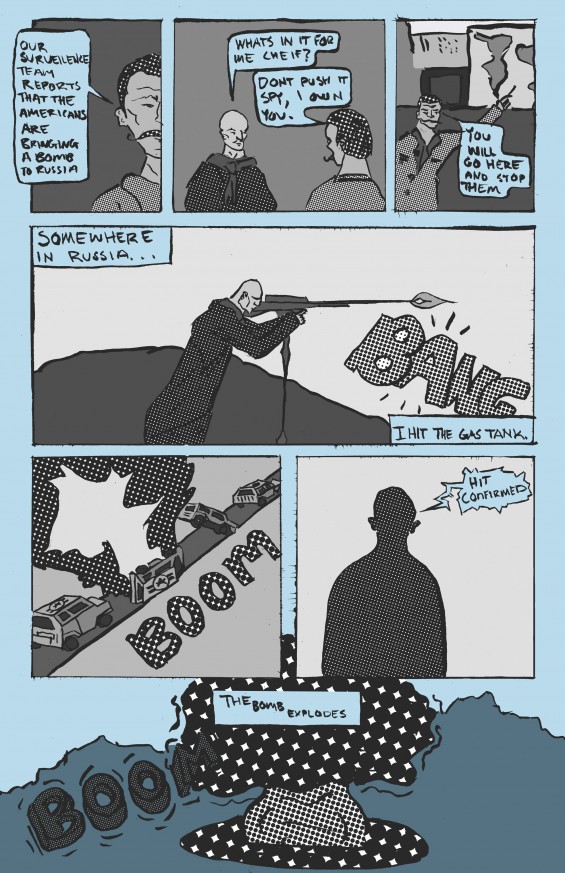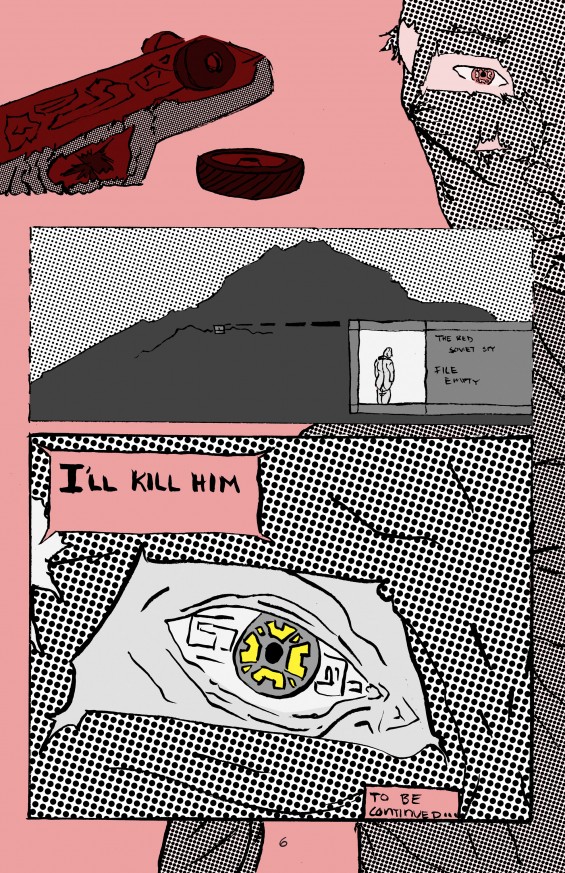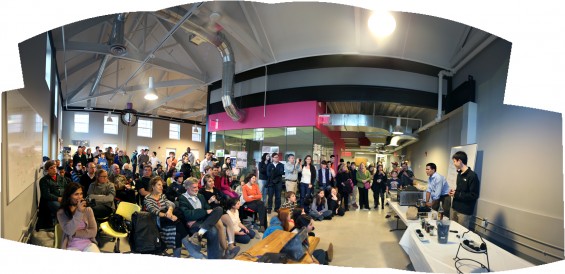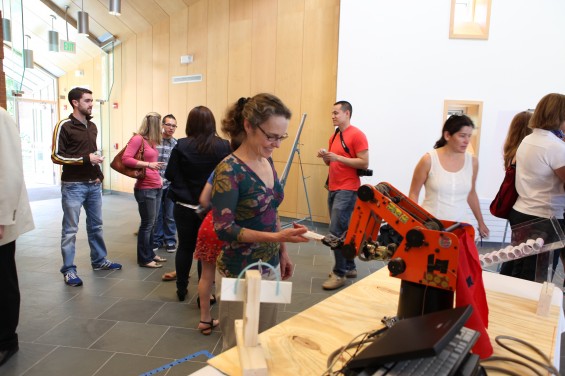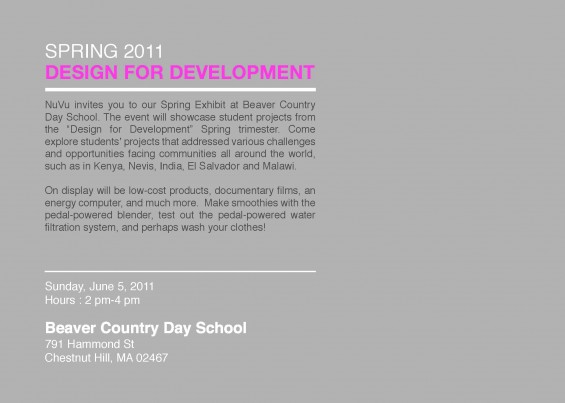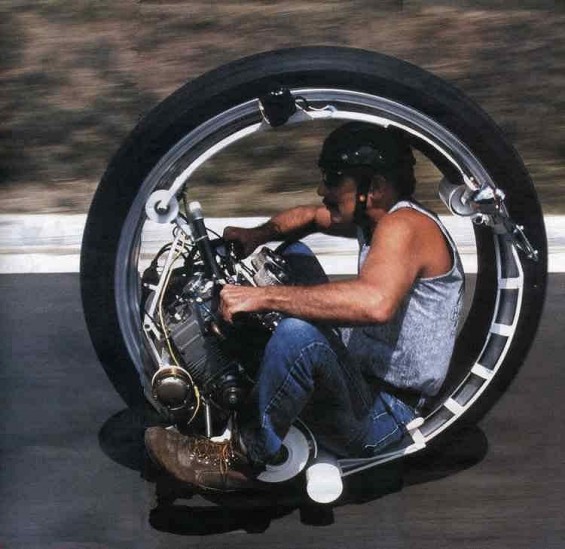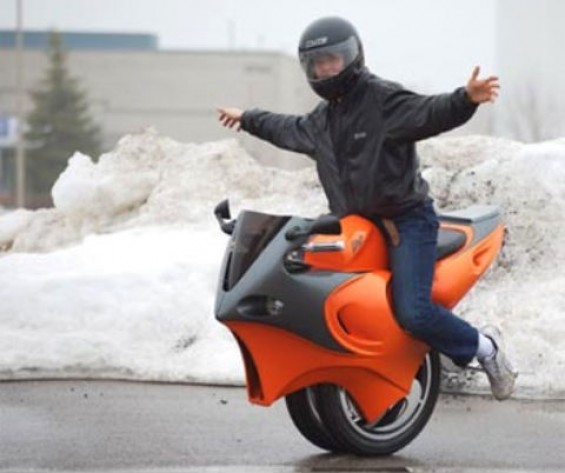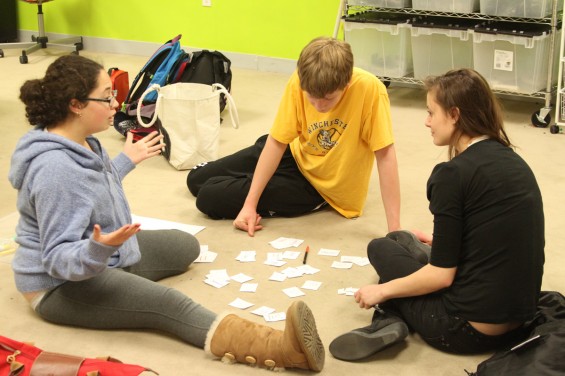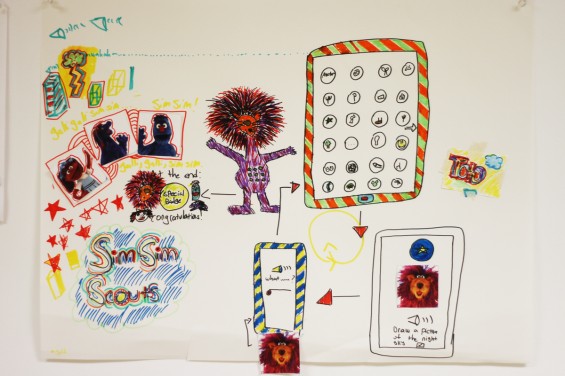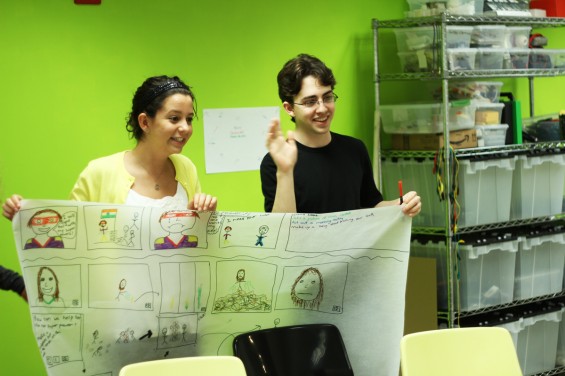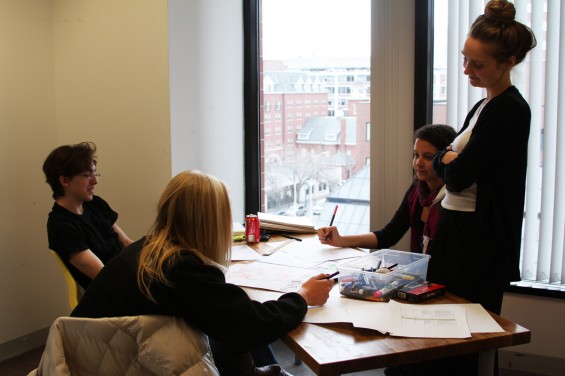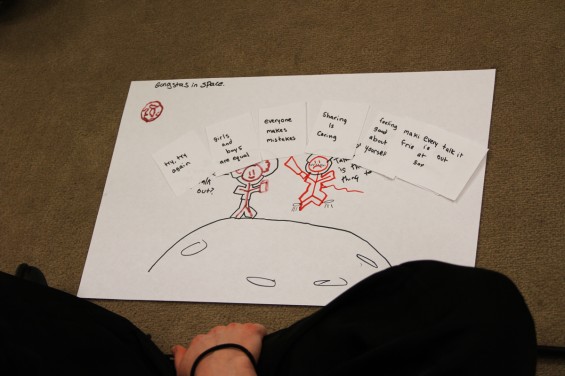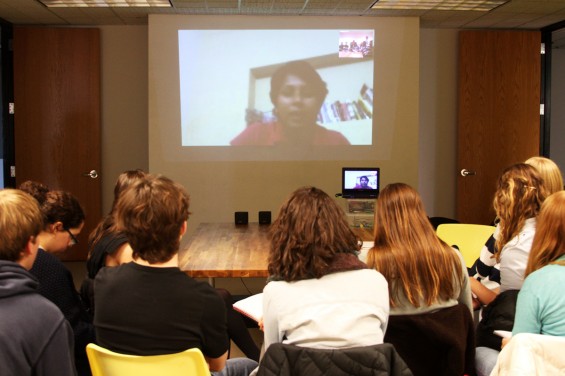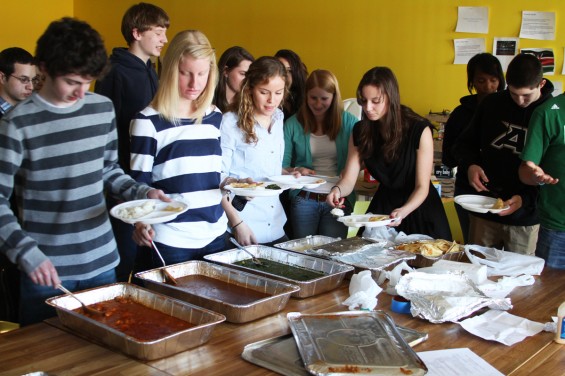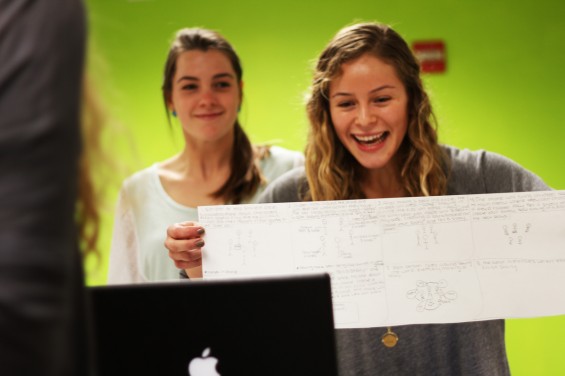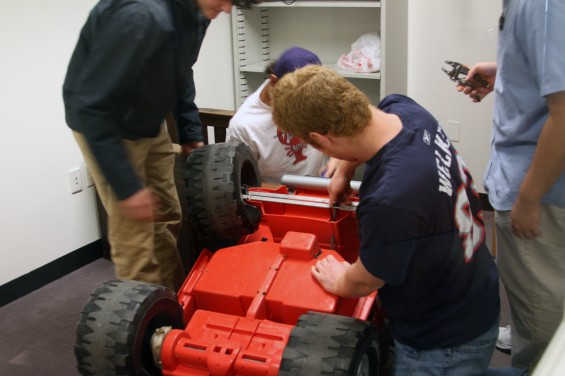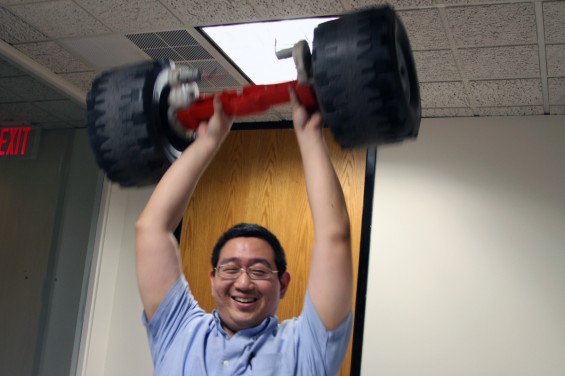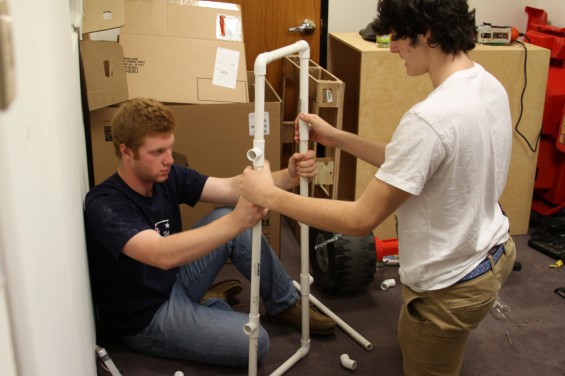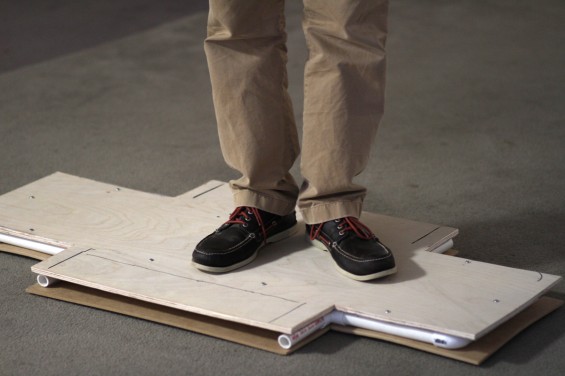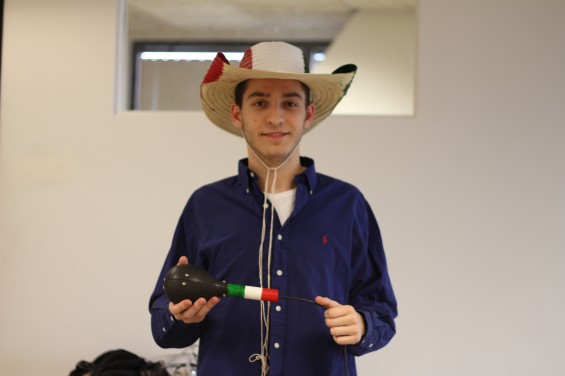
Design-Build Team: Kayla Guzovsky, Jay Rodman The goal of our project was to create both a sombrero and a maraca that would have special effects. For the sombrero, we wanted to make it play different songs depending on the position it was in. Instead of a regular maraca which makes the same noise consistently, we wanted to make an electrical maraca that would make 4 different shaking noises depending on the direction shaken. Finding a sombrero was difficult, and we ended up with a womens sun hat. To make it look more like a sombrero, we painted it red, white, and green to represent the Mexican colors. We also folded in the ends like a cowboy hat, because it was impossible to fold up the edge all around on such a flimsy hat.
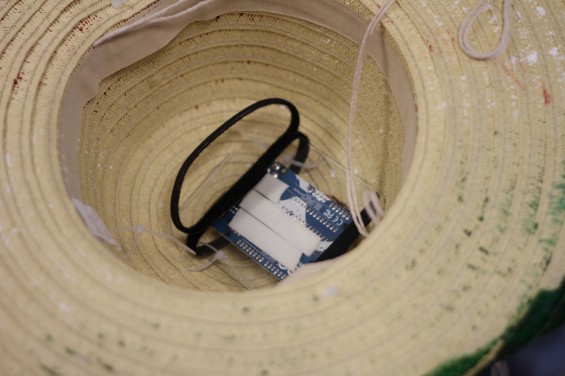
Both the maraca and the Sombrero have an Arduino and an accelerometer inside them that connects them to the computer. To create the sounds, we used the Max software. In order for Max and Arduino to work together we had to use a special Arduino code, but most of the programming was done in Max. We decided not to connect the hat or the maraca to external speakers, so the music will play through a computer.
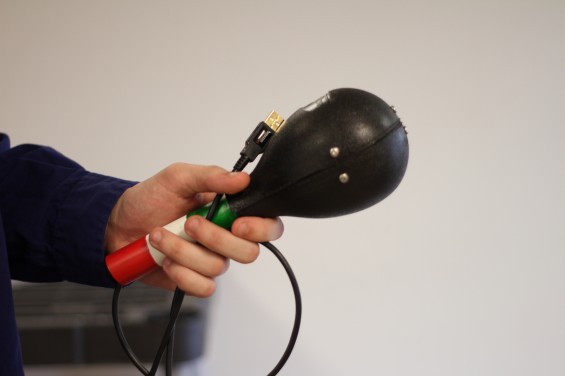
The accelerometer takes in the direction that the hat and/or maraca is moving and plays various instrumentals or shaker sounds. The person wearing the hat will be able to change the song that is playing, and use the maraca to play along with the song from the hat with multiple shaker sounds.

:rotate(0)/p39f1jed4mgd288myquiu5yecweg)
